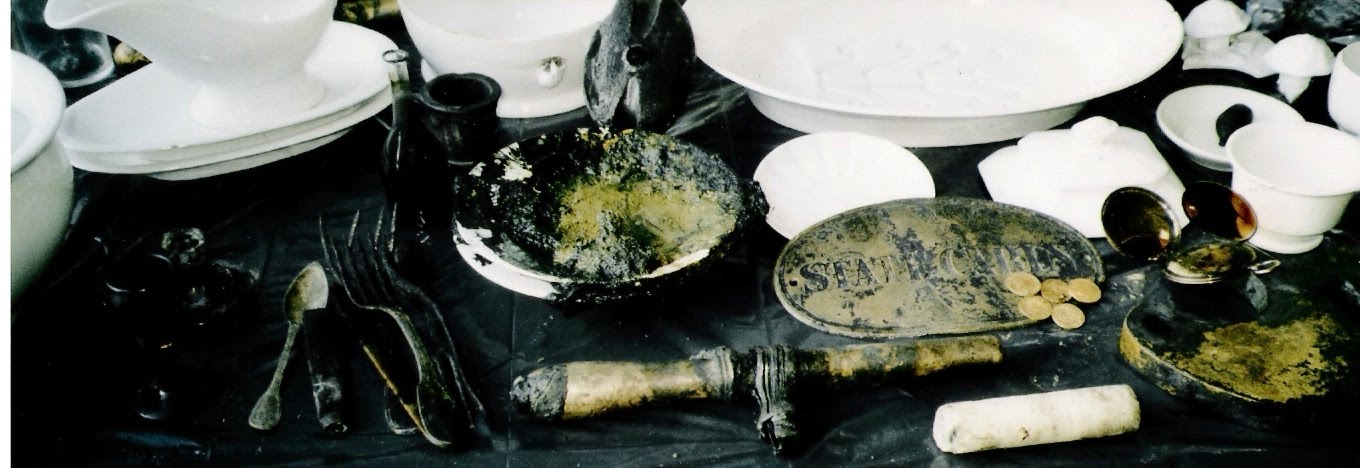Philip C. Tubeza -
The crime was described as “the rape of the ocean.”
Poachers decimated an entire “reef complex”—almost twice as big as Manila—off the coast of Cotabato province when they harvested more than 21,000 pieces of black coral and killed 161 endangered turtles and other marine life, officials said Tuesday.One of the turtles killed was a male aged 80 to 100 years old.Bureau of Customs officials intercepted the contraband two weeks ago and recovered 134 bundles, or 21,169 pieces, of “sea fan” black corals and 15 bundles, or 196 kilograms, of “sea whip” black corals.“The Moro Gulf and the Sulu Sea off Cotabato are supposed to be unexplored reef areas but with this collection, we can see that they have also been disturbed,” said Ludivina Labe, a senior marine biologist of the Bureau of Fisheries and Aquatic Resources (BFAR).“It’s like a forest that has been cut down,” Labe said. “One reef complex was decimated.”Labe spoke with reporters during the turnover of the seized black corals, dead sea turtles and 7,300 pieces of sea shells to officials of BFAR and the Department of Environment and Natural Resources at the port of Manila.
Customs Police Director Nestorio Gualberto said wildlife trader Exequiel Navarro, consignee of the contraband, appeared at his office on Tuesday and indicated that he was prepared to identify the financier of the project and the people who harvested the corals.

Posted via http://batavia08.posterous.com batavia08's posterous
.jpg)
No comments:
Post a Comment